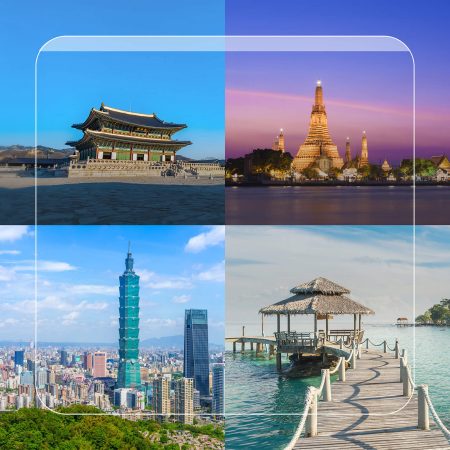Cathay Pacific's expansion in North America
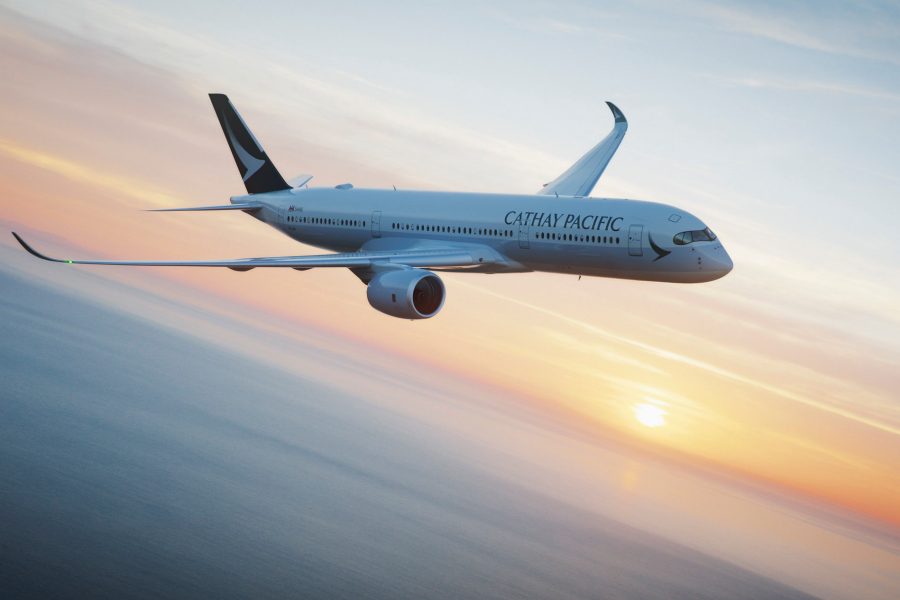
Seattle became Cathay Pacific’s seventh passenger destination in the US last month. The airline is now an established player in the US market, but its stateside history is relatively recent. San Francisco was the first US city to join the network in 1986, just three years after Vancouver – Cathay Pacific’s first transpacific port of call.
Up until that point, Cathay Pacific had positioned itself as a regional carrier. But the Boeing 747 jumbo jets changed the game, enabling long-haul travel as we know it today and transforming it from an expensive, multi-stop experience to a non-stop, affordable one.
The 747’s greater range and lower fuel cost per seat offered the airline the potential to break out from Asia and connect with significant communities of Hong Kong Chinese on the West Coast. What started as a tentative twice-weekly prod to Canada has grown to cross-continental coverage, linking the Americas through Hong Kong. The city’s airport also grew into a global hub, with an already established network across Asia.
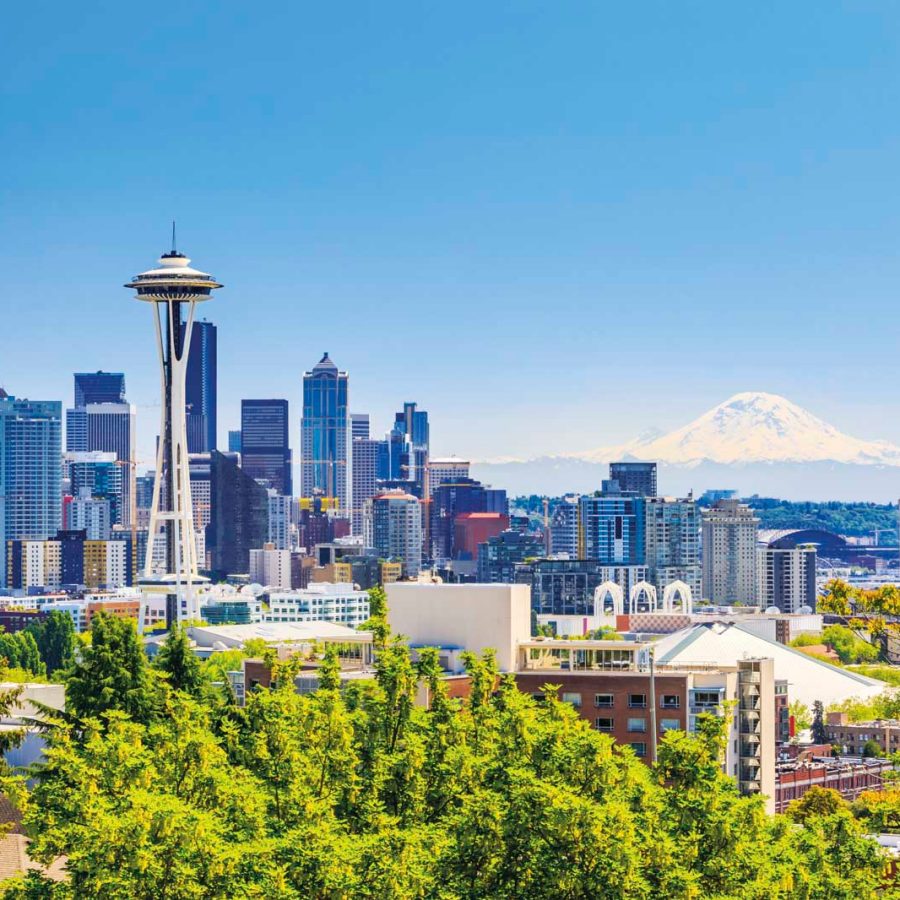
Credit: Emperorcosar / Shutterstock
When Los Angeles joined the network in 1990, Cathay Pacific was able to cement its long-haul aspirations with non-stop flights from Hong Kong, using the new Boeing 747-400. The upgraded model’s greater range enabled the airline to operate what was then the longest scheduled flight in the world. That was a statement of intercontinental intent.
Flights to New York (via Vancouver) started in 1996, and frequencies to the West Coast grew. Chicago and Boston joined the network in 2011 and 2015.
But now it’s the Airbus A350 that’s behind the new pins on the US map. The A350 is a next-generation aircraft, bringing next generation fuel efficiencies. Because it carries fewer passengers than the Boeing 777, used on the flagship trunk routes, it also brings into scope cities that may be harder to make an economic case for.
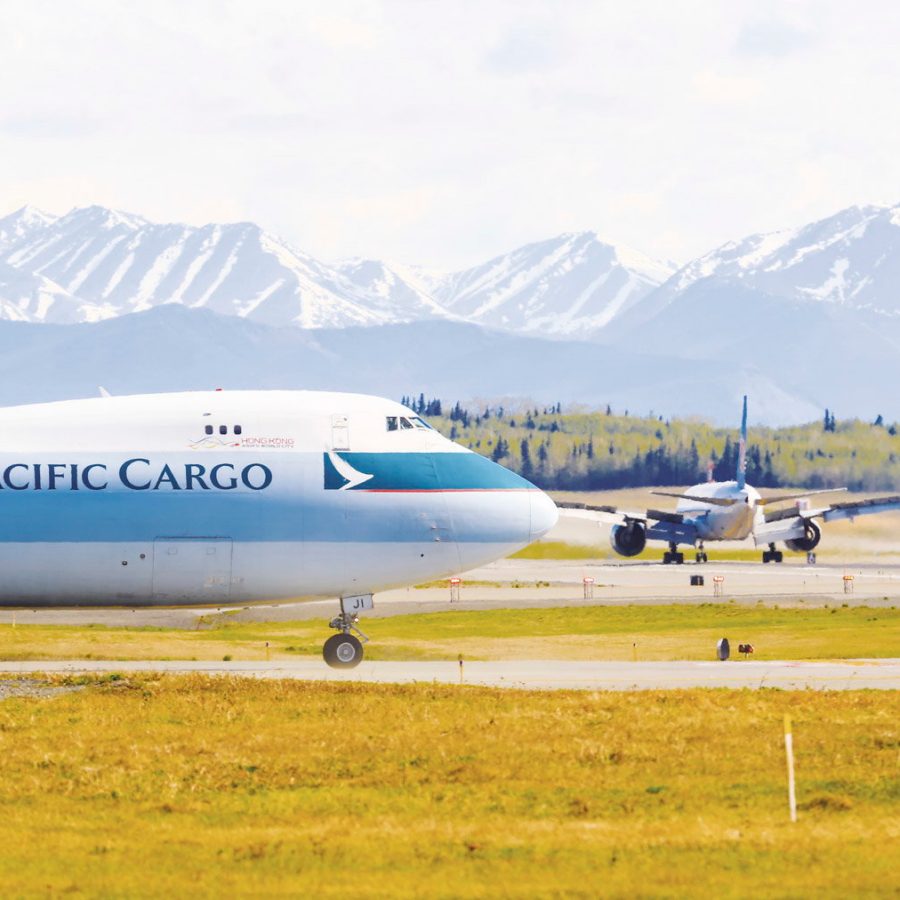
Credit: Mixmotive / iStock Editorial / Getty Images
The immediate effect of the A350 in 2018 was the launch of longer, ‘thinner’ routes to new destinations, predominantly in Europe. This was followed by the introduction of a Washington DC service and the announcement of the new Seattle service.
Senior Vice-President Americas Philippe Lacamp says: ‘What we’ve seen in Europe with the A350 being used in a long-thin approach will definitely work here, too.’
The A350 enables airlines to build the market for a route. If it works well, the frequency or number of flights can be increased, or the aircraft can be ‘upgauged’ to a larger aircraft like the 777 once the market is strong enough. Seattle’s four-times-weekly service has already been upgraded to a daily service, beginning in the summer.
Seattle is served by the smaller A350-900, while Washington DC is being served by the larger A350-1000. Jason Choi, Passenger Network Manager, says: ‘The -900 is a good fit for the West Coast but the increased range of the -1000 makes it ideal for new East Coast destinations.’
There is a something of a set formula for evaluating the potential of new routes. Lacamp says: ‘What we look for is a strong business market that has sufficient leisure appeal, some feed from the region and we generally require a fair chunk of VFR [visiting friends and relatives] traffic, too. You can play up and down these categories. If you look at Los Angeles, it’s big for business, leisure and VFR, and we have a lot of feed from our oneworld partner American Airlines. San Francisco is a big tech hub with Silicon Valley, and that’s a real driver for us, but we don’t have as much feed and it’s more of a standalone market.’
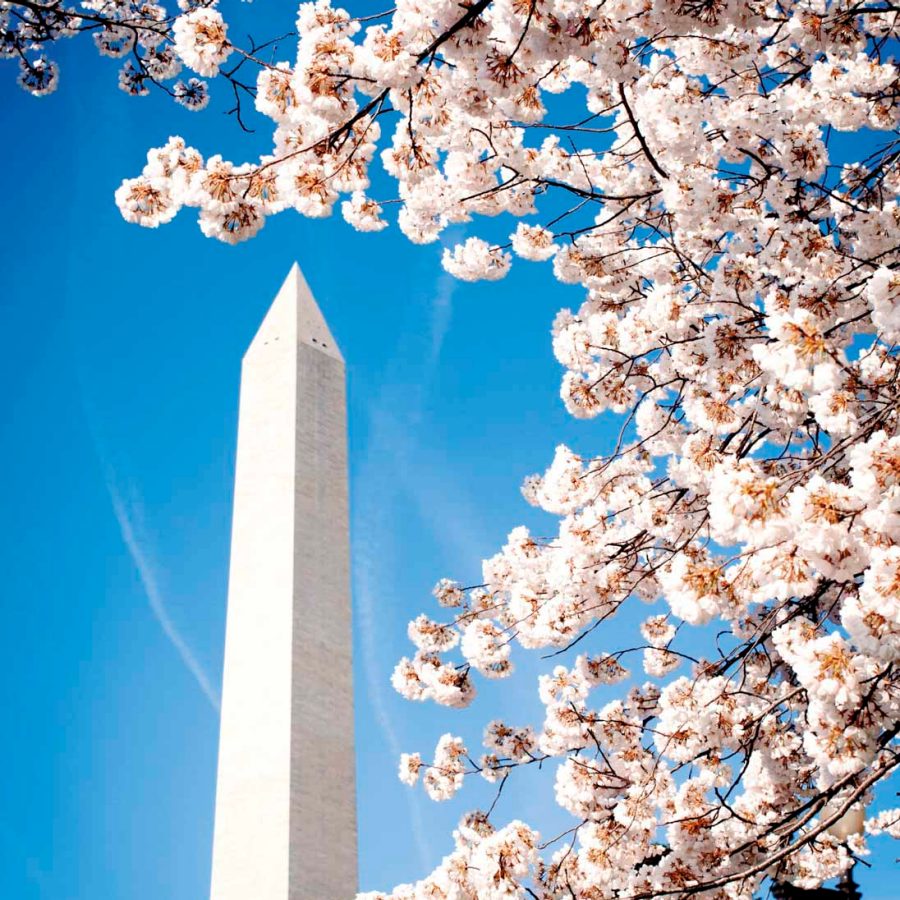
Credit: Xuan Che / Moment RF / Getty Images
Once you have the destination, it’s then a case of developing the market, and that’s important given the fierce transpacific competition from the Chinese mainland and Japan, which are starting to operate more non-stop routes to the US. So what’s the airline’s strategy beyond its service quality?
‘The key one for us, and it’s proven itself to be very successful, is the multiple frequency model,’ says Lacamp. ‘We have three flights a day to Los Angeles, three to Vancouver and San Francisco, and up to five to New York.’
With the development of the Greater Bay Area, Hong Kong finds itself acting as a critical hub for the rapidly developing cities of Southern China, connected by spectacular infrastructure such as the 55-kilometre-long Hong Kong-Zhuhai-Macao Bridge, plus high-speed rail to Guangzhou and ferries into the Pearl River Delta.
‘Hong Kong is such an amazing transfer point, and also a growing intermodal hub,’ says Lacamp.
And then there is the onward air connectivity. As well as the frequency to Southeast Asia, there are significant flows back north to Shanghai. Lacamp adds: ‘Take New York. We’ve got four flights a day plugging into 14-15 flights a day to Shanghai from Hong Kong – we’re going to get you there. And that is a powerful proposition.’
Anchorage
Cathay Pacific’s busiest US port
Before 1998, airspace around the North Pole was closed to civilian air traffic. Even aircraft such as the Boeing 747-400 had to fly the long way round, which required stopping for fuel. Anchorage in remote Alaska became a natural hub for airlines refuelling their transpacific fleet.
Today, flights soar overhead and the international passenger terminal at Ted Stevens Anchorage International Airport is near deserted. On the tarmac it’s a different matter. Wide-body aircraft fill the apron – cargo freighters refuelling so they can maximise their payloads on the very busy transpacific trade routes.
Cathay Pacific operates a fleet of 20 Boeing 747 freighters to destinations across the Americas, including freighter-only stops such as Dallas, Miami, Atlanta and Portland, and even ports in Mexico. At peak periods, 40 of these aircraft will touch and go from Anchorage each week, making it the busiest US port on the network.
More inspiration
- China – the Chinese Mainland, Hong Kong SAR, Macao SAR and Taiwan Region
- Hong Kong SAR - English
- Chinese Mainland (China) - English
- Taiwan, China - English
- 香港特別行政區 - 繁體中文
- 中国內地 - 简体中文
- 中國台灣 - 繁體中文
- Africa
- South Africa - English
- Asia
- Bangladesh - English
- Korea - English
- Singapore - English
- Cambodia - English
- 한국 - 한국어
- Sri Lanka - English
- India - English
- Malaysia - English
- Thailand - English
- Indonesia - English
- Maldives - English
- ประเทศไทย - ภาษาไทย
- Indonesia - Bahasa Indonesia
- Myanmar - English
- Vietnam - English
- Japan - English
- Nepal - English
- Việt Nam - tiếng Việt
- 日本 - 日本語
- Philippines - English
- Australasia
- Australia - English
- New Zealand - English





